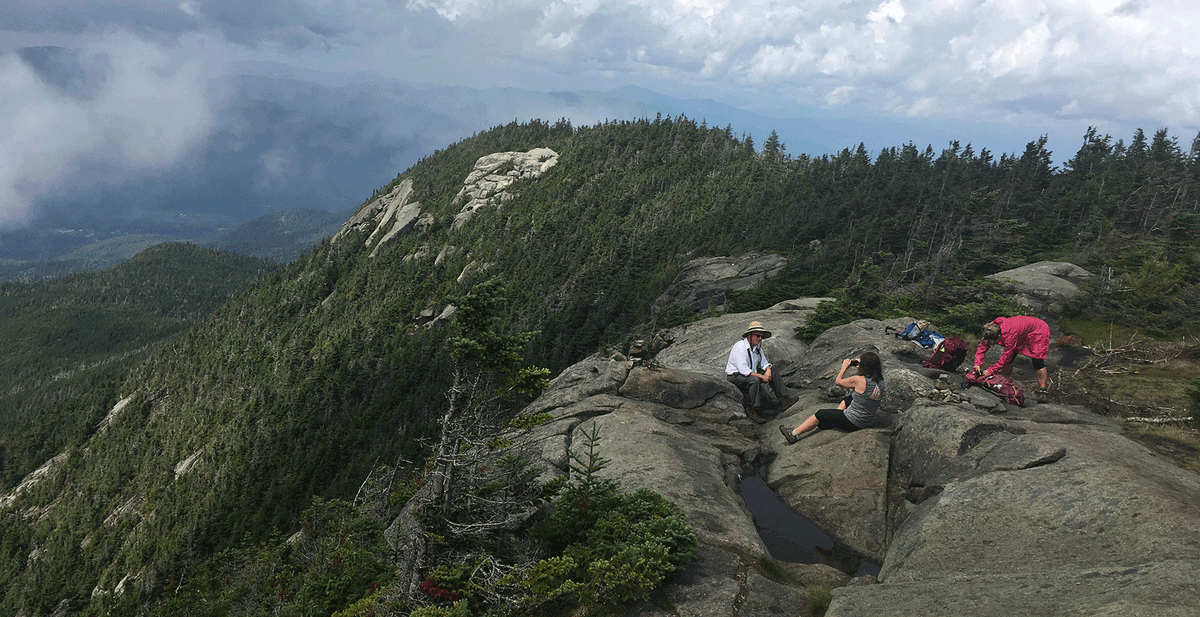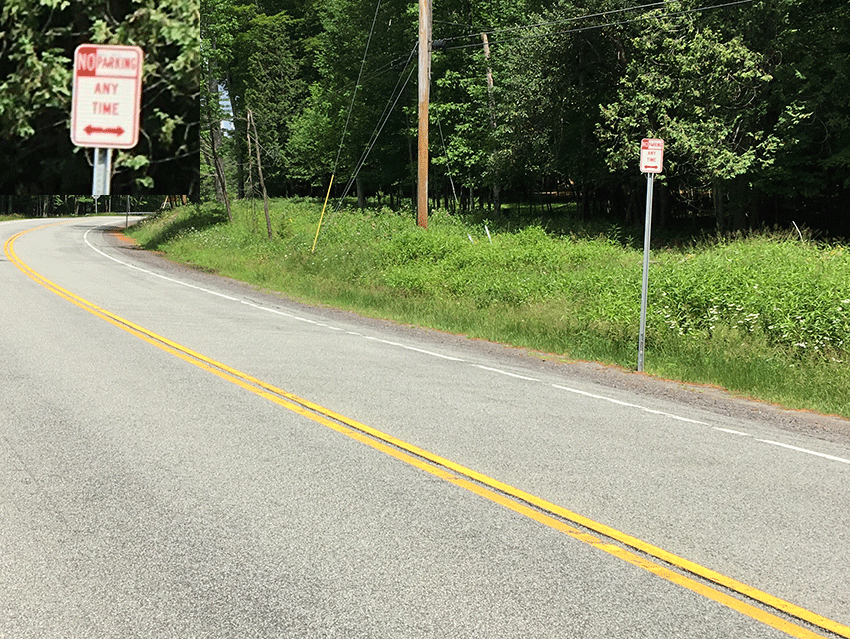On November 6th, Governor Andrew Cuomo talked about the management of the public Forest Preserve in the Adirondacks, with a focus on the heavily used and extremely popular High Peaks Wilderness area. His comments were part of a ceremony about opening the new Exit 3 on the Adirondack Northway and were recorded by Daily Gazette reporter Pete DeMola, who put the question to the Governor about overuse in the High Peaks, a lack of state investment, and inadequate management by state agencies. DeMola wrote:
“It’s a legitimate issue, we have to work on it,” Cuomo said. “It’s not black and white. We want tourism, we want people to enjoy it. We want the economic development, but we want to make sure we’re not spoiling the asset, and that’s the balance we have to reach, and there are legitimate concerns.”
DeMola reported that “Cuomo said he’s spoken with state Department of Environmental Conservation about the mounting concerns by local officials and environmental groups.”
Protect the Adirondacks cheers the fact that the Governor, who for years has been silent on the management of the 3-million acre Forest Preserve by his administration, recognizes poor management as a legitimate issue. Now in his 9th year in office, Governor Cuomo has never hiked a mountain in the Adirondacks or High Peaks or see firsthand the dismal state of many hiking trails. Governor Cuomo prides himself on being a hands-on Governor so his refusal to check out the most popular, and damaged, hiking trails in the High Peaks is mystifying. It’s time, literally, for Governor Cuomo to take a hike.
Protect the Adirondacks and other groups, as well as local government officials, have long called upon Governor Cuomo and state agencies, such as the Department of Environmental Conservation (DEC) and the Adirondack Park Agency (APA), to make a greater investment in the management of the Forest Preserve, with a special focus on the High Peaks Wilderness. The High Peaks needs a new bold comprehensive management program that focuses on building a network of sustainable trails, investing in a robust public education program at trailheads and online, utilizing science to monitor overuse and natural resource impacts, and to build adequate facilities for parking and public information.
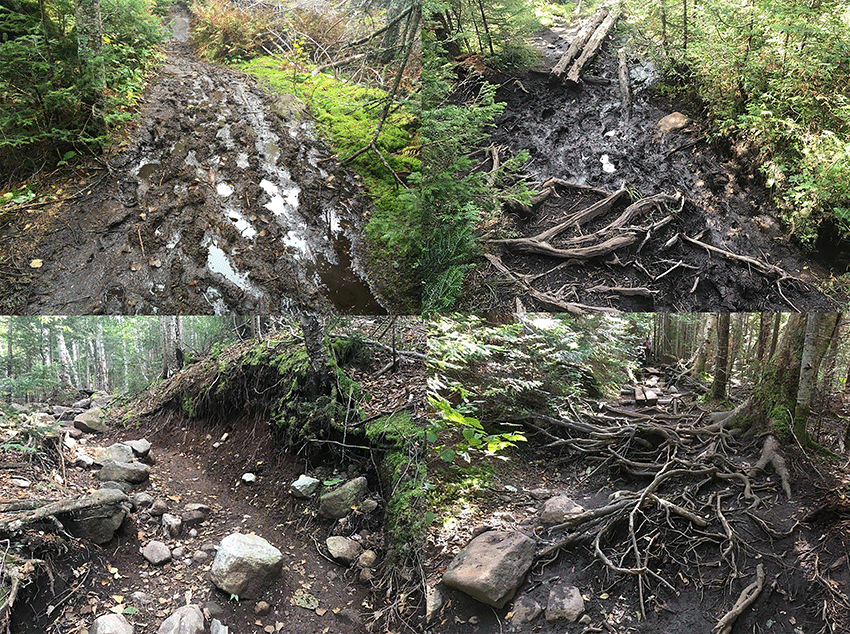
These pictures show the state of the vast majority of hiking trails in the High Peaks Wilderness. These trails are heavily eroded and degraded and impair the natural resources in the High Peaks. Protect the Adirondacks is advocating for sustainable trails in the High Peaks Wilderness area. The existing trail system has been in use since just after the Civil War and is poorly planned and maintained. A sustainable trail system will enhance protections for the High Peaks and provide a better and safer public recreational experience.
Cuomo is also quoted as saying:
“The bad news is the tourism increase is actually creating issues,” Cuomo said during a briefing with reporters about improvements to the Northway-Albany Airport Connector on Wednesday. “Parking issues, traffic issues and there’s a real question of what’s the maximum use of the resources without damaging the resources. And it is a very real issue and a real concern for us.”
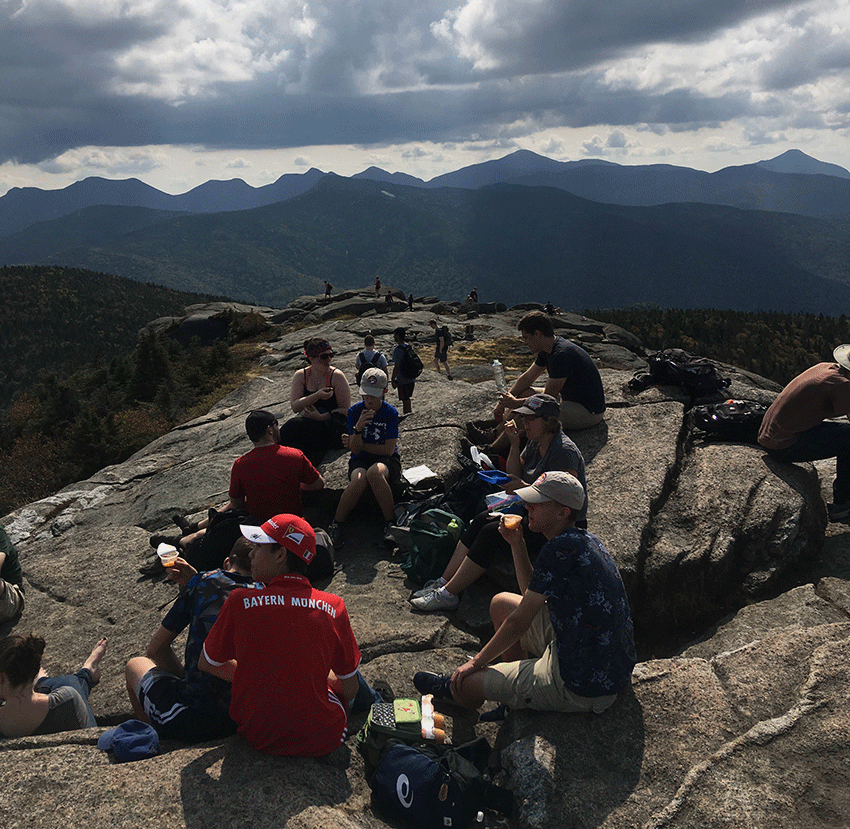
A crowded summit on Cascade Mountain on a September Saturday. Currently, there are few things in place to control public access or use of the most popular High Peaks trails on weekends and holidays.
In the Adirondack Daily Enterprise, Town of Keene Supervisor Joe Pete Wilson responded to Cuomo’s comments by telling reporter Elizabeth Izzo:
“I’m so happy to see the governor making comments directly about this issue,” he said. “It really reinforces how important the issue is and how complex the issue is. I really think, from reading Gov. Cuomo’s comments, he’s cutting to the heart of it. The importance of the tourism economy, the importance of protecting the environment. “In the middle of that is how we give visitors a safe, good experience in the mountains.”
State agencies have taken some actions in the last two years. The state has attempted to control overflow parking, and trail crowding, by prohibiting roadside parking on Route 73 near the Giant Mountain and Cascade Mountain trailheads. The state has aggressively written tickets for illegal parking on some busy weekends and stationed personnel to enforce the ban on roadside parking. This has created problems for disappointed hikers who drove long distances only to be informed that they could not hike their intended mountain because the parking lot was full. In many ways, the limitation on parking is a backwards and unofficial permit system. The result is that use is limited, but it’s managed in a hackneyed way. Protect the Adirondacks applauds the efforts to make public parking safer and to move parking from busy highway shoulders, but has long called for a systematic program to build new facilities, such as parking lots, to more effectively and safely m manage public use.
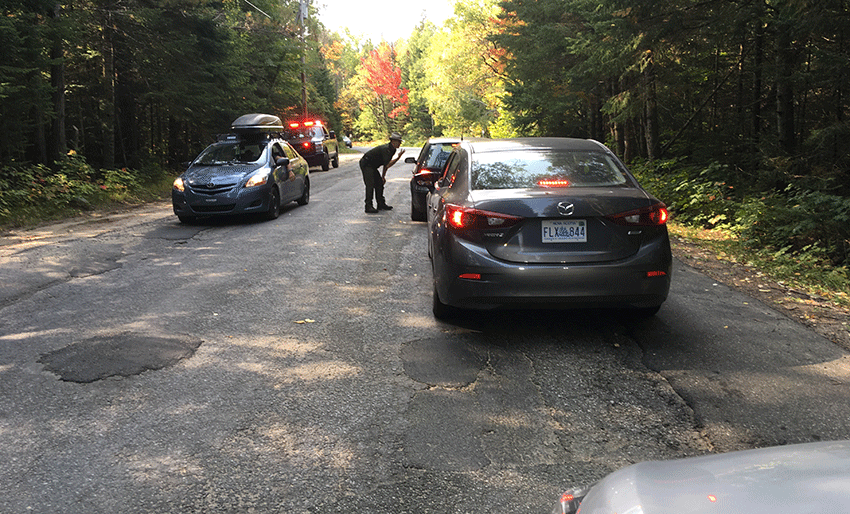
The top picture shows a no parking sign on a stretch of Route 73 near the Roaring Brook parking lot that leads to a trail to Giant Mountain. Above, a picture of a Forest Ranger at work on the Adirondack Loj Road providing information and guidance to hikers seeking to climb a High Peak on a busy summer weekend.
Protect the Adirondacks will continue to press for a great investment in the management, trails, facilities, and scientific monitoring of the High Peaks and the Forest Preserve in the 2020 state budget and beyond. This is a priority for the organization. In response to the Governor’s comments about the “legitimate” concerns about state management efforts, Peter Bauer, executive director of Protect the Adirondacks, referenced “an old adage in politics” and told a reporter “Don’t tell me what you believe, don’t tell me what your feelings are, show us in your budget,” Bauer said. “We’re pleased to see the governor talking about the challenges in the High Peaks and other parts of the Forest Preserve and we look forward to working with him to make improving the management of the Forest Preserve a priority in the upcoming state budget.”
The 3-million acre forever wild Forest Preserve is one of the greatest accomplishments in the history of New York. Expanding and protecting the Forest Preserve has been a 125-year bipartisan and multi-generational commitment of New Yorkers. The popularity of the Forest Preserve is now at an all-time high. It’s time to make a massive investment in the management of the Forest Preserve to meet the immense challenges from overuse in the Adirondack and Catskill Parks. Governor Cuomo needs to make a similar timely and massive investment in the management of the Forest Preserve in the Adirondack and Catskill Parks to enhance public recreation and stewardship of these magnificent mountains, rivers, forests and lakes.

